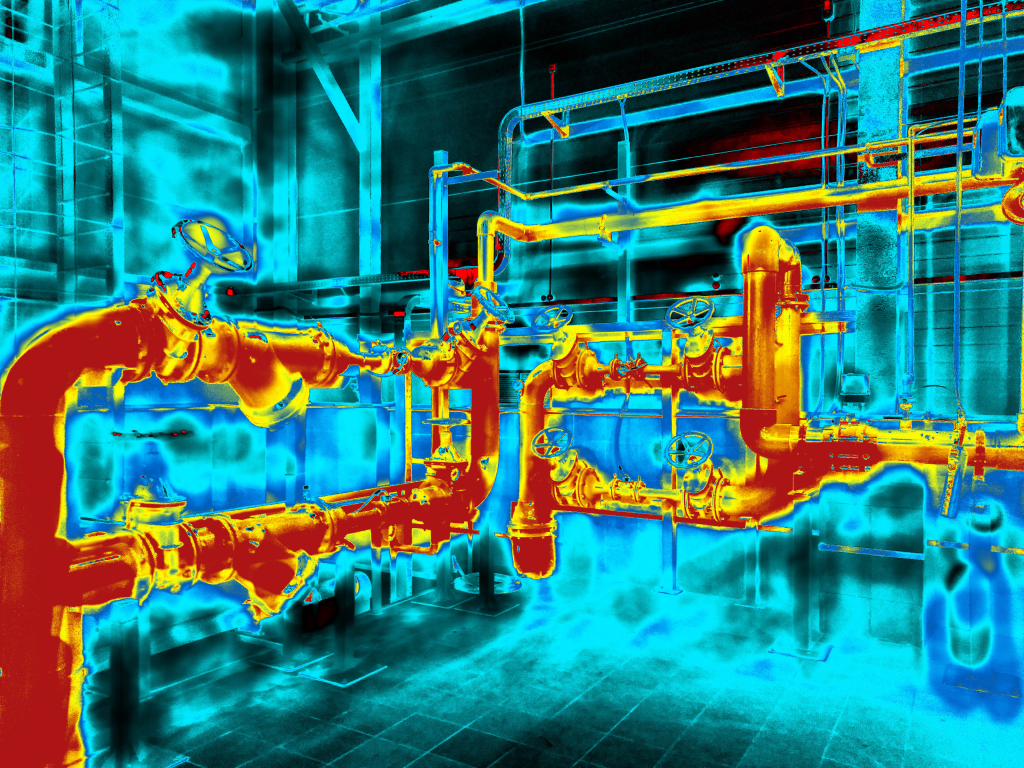
Thermal imagers can identify blockages, leaks, or temperature irregularities in pipelines carrying water to and from the plant. This aids in preventive maintenance and avoids disruptions.
In the hydropower industry, the application of infrared thermal imaging technology is proving to be invaluable for enhancing equipment monitoring and preventive maintenance. This technology helps ensure the stability and efficiency of power generation systems by providing real-time insights into equipment conditions.
Key Applications of Infrared Thermal Imaging in Hydropower
- Real-Time Temperature Monitoring
Infrared thermal imaging cameras are utilized to monitor critical components such as turbines, generators, and transformers continuously. By detecting temperature anomalies, operators can identify potential issues before they escalate into serious failures, thus preventing costly downtime.
- Predictive Maintenance
The ability to perform non-contact inspections allows for predictive maintenance strategies. Regular thermal imaging inspections help operators schedule maintenance activities based on actual equipment conditions rather than relying solely on time-based schedules. This approach reduces maintenance costs and improves overall system reliability.
- Leak Detection
Thermal imaging can effectively identify leaks in water pipelines and hydraulic systems. By detecting temperature variations indicative of leaks, operators can address issues promptly, minimizing water loss and maintaining operational efficiency.
- Dam Integrity Monitoring
Handheld and fixed thermal cameras are employed to monitor the temperature distribution on dam surfaces. Any significant temperature changes may indicate structural problems or seepage, enabling timely interventions to ensure dam safety.
- Electrical Equipment Inspection
Thermal imaging is crucial for inspecting electrical components such as switchgear and circuit breakers for overheating or faults. Early detection of electrical issues helps prevent potential hazards and ensures the reliability of the electrical supply.
- Cooling System Assessment
The technology is also used to assess cooling systems' performance, identifying inefficiencies that could lead to overheating or equipment failure.
- Security Monitoring
Infrared cameras enhance security by detecting unauthorized access to sensitive areas of hydropower facilities, even in low-light conditions.
Conclusion
The integration of infrared thermal imaging technology into hydropower operations significantly enhances monitoring capabilities and preventive maintenance practices. By providing real-time data on equipment health, this technology helps ensure efficient and safe power generation while contributing to the sustainability goals of the renewable energy sector. As the demand for clean energy continues to rise, the role of advanced monitoring technologies will be crucial in optimizing hydropower operations and maintaining energy security.


